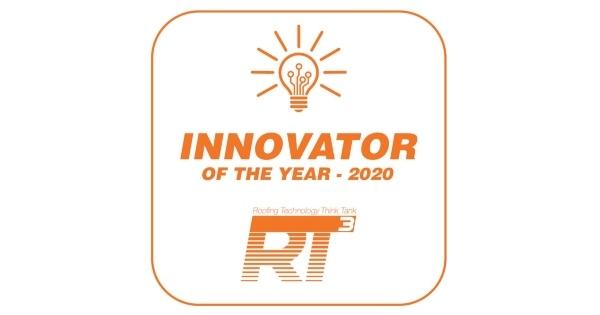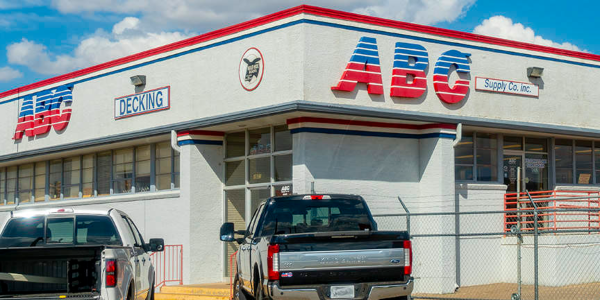MRCA Bulletin: Moisture in New Concrete Roof Decks

Dr. Matt DuPuis, PhD, PE-SRI and MRCA Technical and Research Committee issue a recommendation on addressing moisture in new concrete decks.
Background: Latent moisture in new concrete roof decks has been an issue in the roofing industry for some time. Initially the issue was thought only to be with light weight structural concrete [see MRCA Technical Bulletin 2011-1 STRUCTURAL LIGHTWEIGHT CONCRETE ROOF DECKS]. However, recent research within the roofing industry raises concerns on the moisture levels in new concrete roof decks, on the ever-compressing construction schedule, and on the moisture sensitivity of current roofing materials, have shown the problem to be a high-risk situation for roofing contractors.
To be clear, light weight structural aggregates still pose a much higher risk of moisture issues, due to the extra water content when installed. Additionally, the most recent industry research has shown issues with all types and weights of structural concrete decks experiencing rewetting, where the moisture from the environment, be it rain, dew, frost or snow, increases the moisture content of the concrete.
This rewetting process is generally independent of the chemical curing of the concrete, by where water molecules chemically hydrate with portland cement to give the concrete strength. The chemical curing rate of concrete is well understood and documented, while the drying rate after rewetting is not, making these two types Moisture in New Concrete Deck issues distinctly different.
How quickly a concrete roof deck dries out is highly dependent on the environment it is placed in. Ergo, in an arid desert, a concrete roof deck may dry rapidly. Conversely, a concrete roof deck somewhere in a cold northern climate may take months or longer to dry sufficiently.
Recommendation: Based on the issue of rewetting and the current lack of an industry accepted testing method for assessing the moisture content of concrete roof decks, the MRCA T&R Committee is advising that:
Unless the Designer of Record approves in writing otherwise, a vapor retarder of less than 0.01 perm is necessary over new concrete roof decks.
Notes: This level of vapor retarder (0.01 perm) is relatively strong and some commonly used vapor retarders may not meet this level. Check manufacturer product data sheets for ASTM E96 reported values.
While there are concrete add mixtures that are marketed as able to augment, reduce or eliminate the emission of water vapor from concrete decks, laboratory testing and field reports suggest they have little, if any effect. The T&R Committee does not recommend concrete add mixtures as a viable solution to the Moisture in New Concrete Roof Decks problem.
About the MRCA Technical & Research Committee The MRCA Technical and Research Committee is comprised of a group of dedicated contractors and prestigious advisors, that serve as a powerful watchdog in the industry, protecting contractor interests and informing members of the viability related to new and existing roofing systems. The committee collaborates with the NRCA on a number of technical projects.
MRCA Members can take advantage of complimentary technical advice by sending their questions or concerns to info@mrca.org. Not a member? Join MRCA and receive all these great benefits for your company.






















Comments
Leave a Reply
Have an account? Login to leave a comment!
Sign In